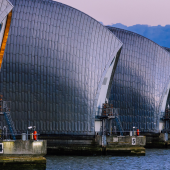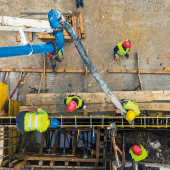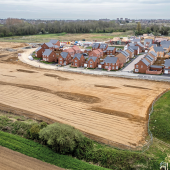New energy model
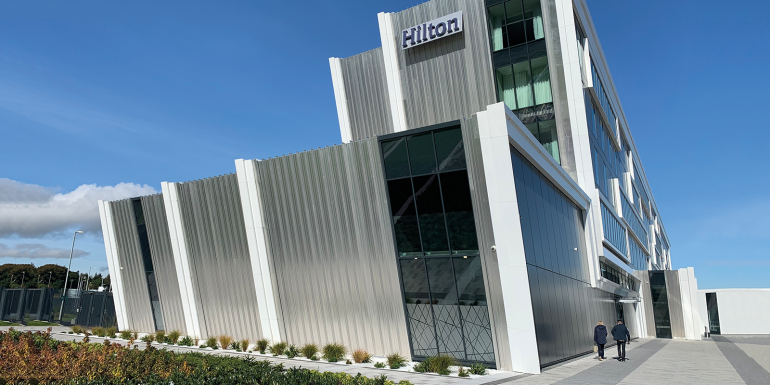
Associate Director Emma MacLeod of HDR | Hurley Palmer Flatt discusses developing the energy strategy of Aberdeen’s Event Complex.
The Event Complex Aberdeen (TECA) replaces the city’s current Aberdeen Exhibition and Conference Centre (AECC). The new £333m development includes a 48,000 sqm Exhibition Centre (P&J Live) and two hotels (Hilton and Aloft), which are served by an on-site low carbon hybrid Energy Centre. The HDR | Hurley Palmer Flatt Glasgow office developed the energy strategy for the site and for the engineering design associated with the Energy Centre. Its responsibilities included:
- Initial energy strategy development and concept design (to RIBA Stage 2)
- Financial modelling and analysis to inform energy strategy
- Energy Centre engineering design and specification (to RIBA Stage 4)
- Technical Adviser to Aberdeen City Council
- BIM (Building Information Management)
- BREEAM Assessor.
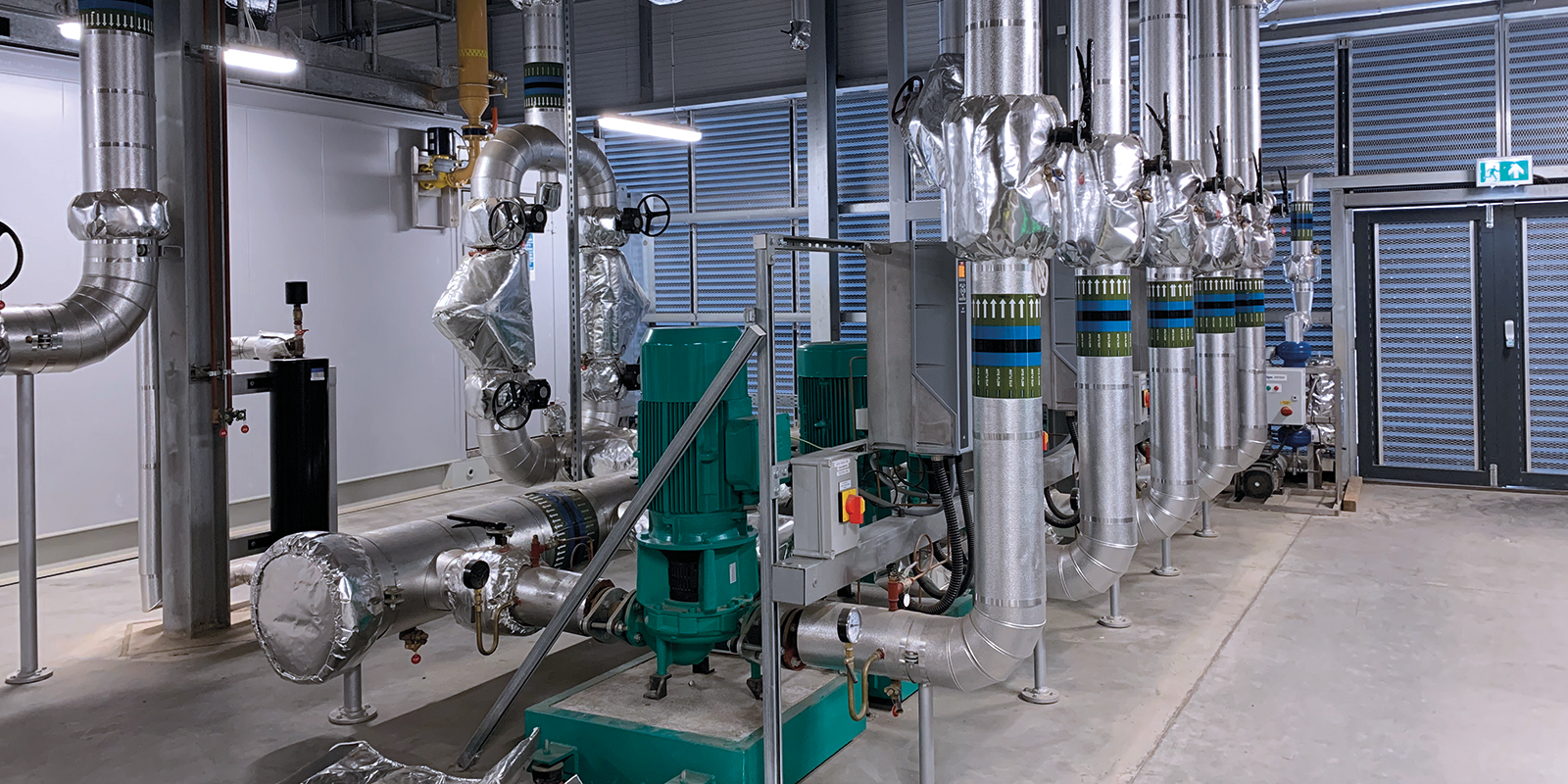
The energy strategy for the site-wide development addressed key issues, such as significant fluctuations in energy demand and meeting the required carbon emission reduction targets. The aspiration of Aberdeen City Council was to develop the most sustainable venue of its type within the UK in line with the three principles of the Scottish Government’s ‘A 2050 Vision for Energy in Scotland’: a whole-system view, an inclusive energy transition and a smarter local energy model.
The holistic approach allowed external factors to be considered and integrated into the design. As such, the project successfully combines a low-carbon heating, cooling and power network with decarbonised transport fuel, (embodying the ‘Smarter Local Energy Model’ of the 2050 vision).
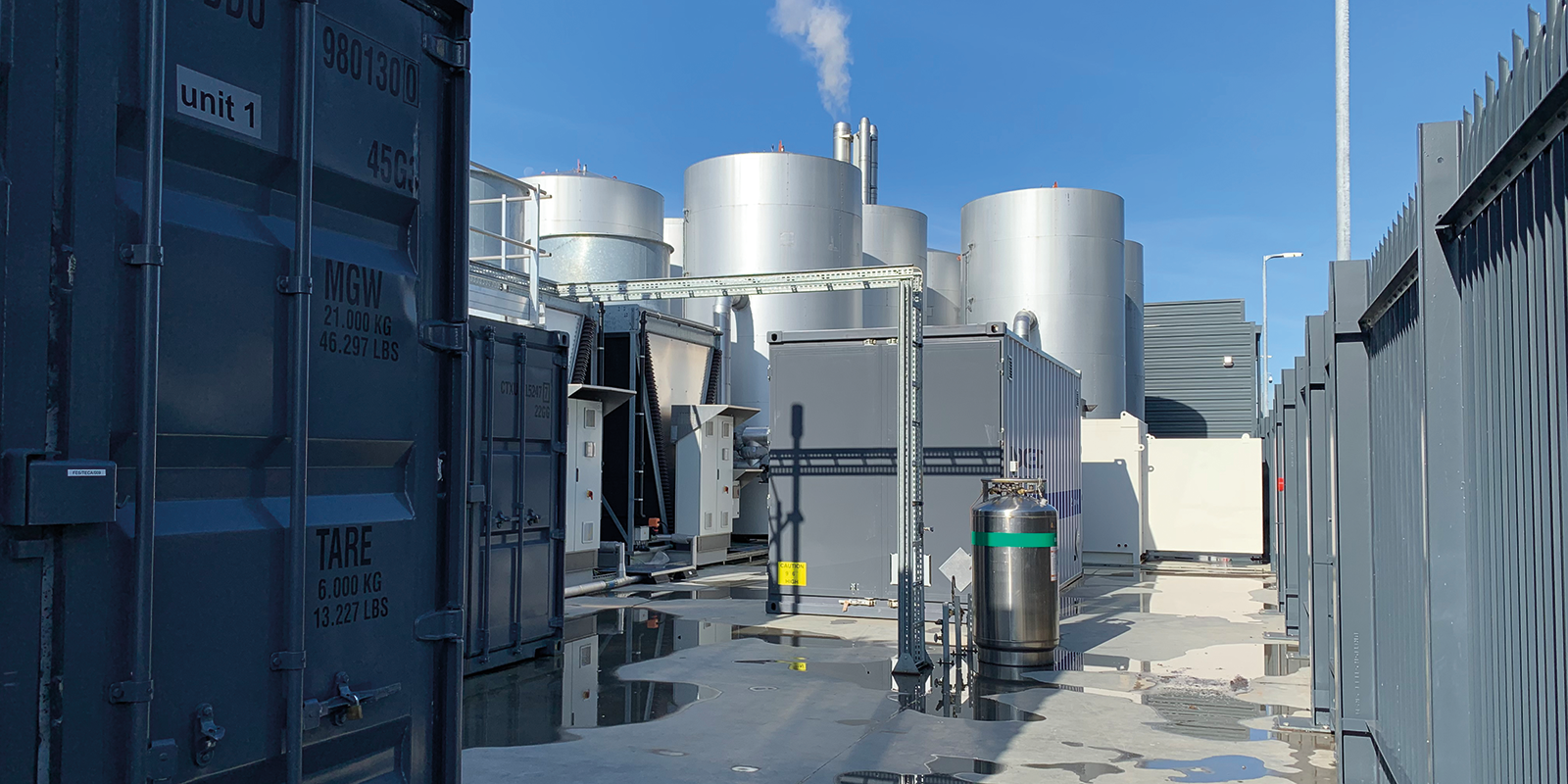
This project is also the first in the UK to deliver low-carbon trigeneration and renewably produced hydrogen at the point of demand, thereby demonstrating the viability of such a model. Projects such as this are integral to meeting the 2030 target for 50% of the energy for Scotland’s heat, transport and electricity consumption to be supplied from renewable sources.
The ability to combine anaerobic digestion (AD) and hydrogen generation allows for both a carbon reduction and revenue generation/cost reduction. This was demonstrated by financial modelling at various stages of the project. The use of AD also provides a cost-effective output for household waste and organic waste, with green hydrogen produced by electrolysis providing load balancing services for excess on-site electrical generation.
Hybrid design
The detailed design of the Energy Centre includes the UK’s largest static fuel cell installation, combined heat and power (CHP) technologies and electrolysers. These produce green hydrogen gas for use within the city’s hydrogen bus network. The project was delivered using 3D Revit modelling to allow full co-ordination of the sizeable items of the plant and the complex integration of multiple systems.
For multiple, complementary sources of generation within an energy system, it is necessary to define and understand how the technologies will work together (i.e. in ‘hybrid’ operation). This is in order to meet demand, generate revenue and satisfy client priorities. Such a change away from more traditional approaches, has significant implications for the role of designers throughout the process. There is a need for decision support early in the design process so detailed modelling is in order and for the Energy Centre, it was developed in conjunction with the University of Strathclyde.
A range of software tools and modelling techniques provide a structured approach to reduce uncertainty through a detail-driven solution. The energy modelling approach enabled demand profiling to be carried out for the site. New techniques were developed to model the performance of the Energy Centre systems, enabling it to be reviewed at sub-hourly intervals across an entire year of operation. HDR | Hurley Palmer Flatt could demonstrate, test and optimise the control strategy, thereby removing the traditional design bias and enabling designers to optimise the specification of the Energy Centre for the varying demands of the site. The introduction of a high temporal resolution model also allows designers to test and interrogate alternative solutions and operational scenarios. This reduces the uncertainty associated with the system and allows resilience testing and optimisation to be undertaken quickly and accurately.
Optimised plant sizing techniques enabled the avoidance of costly oversizing and allowed for the testing of the sequencing of different items of the plant to effectively match energy demand and supply. Large peak demand and low baseload is managed with the use of energy storage in the form of hot and cold thermal stores, hydrogen production, and grid export for excess production. Resilience and virtual storage are provided by utilising both electricity and gas grid for export and supply. The AD system provides both gas to the grid and private pipe to the Energy Centre. This maximises the direct use of low-carbon green gas, while also providing carbon offset for the gas delivered through the gas grid and means that the design achieves a Good Quality Combined Heat and Power (GQCHP) index of over 113 at design stage.
An optimised control strategy was developed to maximise the use of the embedded energy systems and minimise grid dependency.
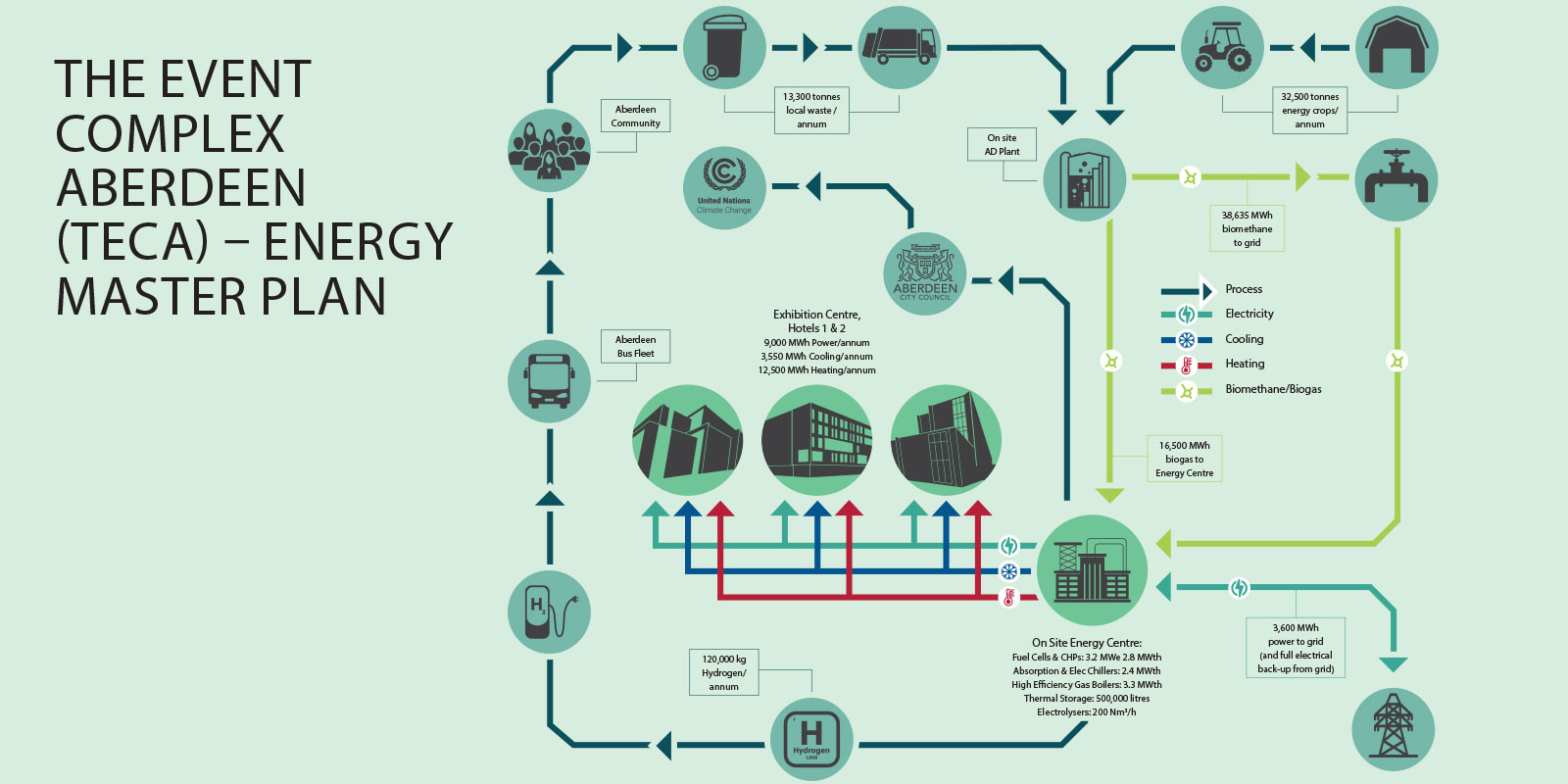
HDR | Hurley Palmer Flatt’s Technical Adviser role helped secure the legacy of the Energy Centre, by developing the technical specification of the centre’s operation and maintenance, as well as defining the roles, responsibilities and key performance indicators to be delivered by the successful contractor.
HDR | Hurley Palmer Flatt has provided the BREEAM Assessor role for both the Exhibition Centre and the Hilton Hotel. The low-carbon performance of the Energy Centre enabled the Exhibition Centre and hotels to comply with Section 6 of the Technical Handbook and Building (Scotland) Regulations 2004. The carbon reductions were further improved beyond minimum requirements of the regulations in order to achieve the targeted BREEAM rating for both the Exhibition Centre and Hilton Hotel.
This project is innovative in both the technology selected and its holistic approach. It addresses local issues such as waste management and provides a clean transport fuel. Each element is fundamental to the feasibility of the overall strategy for finance, energy, efficiency, carbon footprint, local employment, local environment, sustainability and establishing Aberdeen as Europe’s Energy Capital. It illustrates what can be achieved through seamless collaboration with extensive design and construction teams.
For more information, visit hurleypalmerflatt.com


